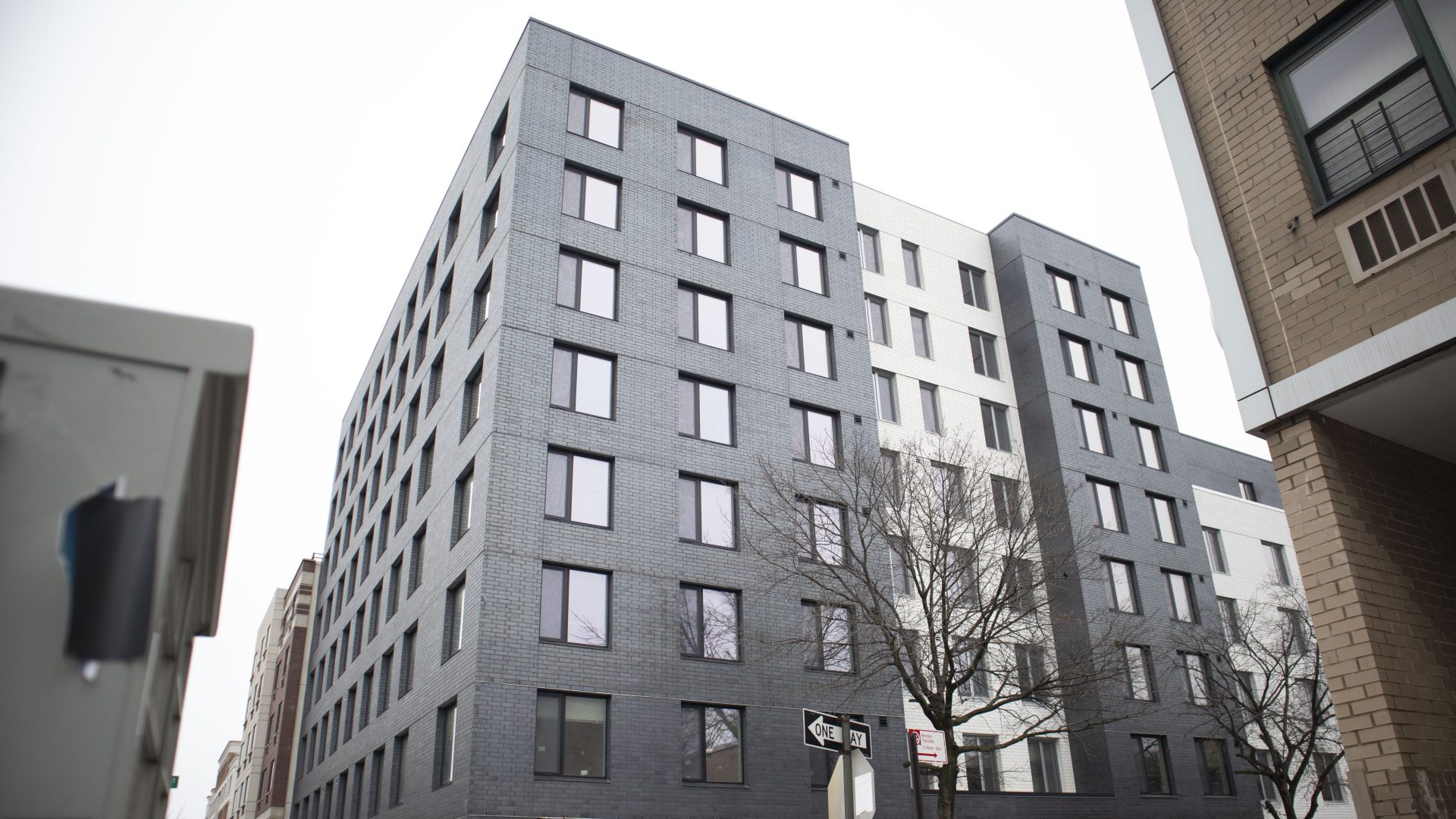Promoting Reentry Success Through Housing

Stable housing is the foundation for successful reentry from prison and jail. Having a place to live is essential for finding employment, accessing health care and treatment programs, and building support networks.
The odds against formerly incarcerated people successfully finding housing are compounded by factors including poverty, unemployment, frayed family ties, untreated mental health and substance use disorders, and regulations limiting access to public housing for the formerly incarcerated.
But there is a short supply of transitional reentry housing that provides a bridge from prison to permanent supportive or affordable housing. Meanwhile, the demand for housing is significantly greater than the vacant and available inventory. In New York City, the vacancy rate has plummeted to 1.4%, a level not seen in decades.

FAST FACTS ON HOUSING
Formerly incarcerated individuals nearly 10 times more likely to experience being unhoused or unstably housed.
People experiencing being unhoused are 11 times more likely to be arrested than the general population.
Close to half of people returning from New York State prison end up in the New York City shelter system.
Housing is a key predictor of successful community reentry and housing access is correlated with reduced recidivism.
For decades, Osborne has drawn on a large network of housing providers in an effort to assist our participants in finding a home. In the mid-90s, when policy choices radically shrank the number of work-release programs and the prisons that ran them were slated for closure, Osborne stepped in with the idea to transform a former prison into a community reentry center.

That idea became Fulton Community Reentry Center, which opened in 2024 as a transitional home for men returning from long-term incarceration. To expand the options available, we designed a Kinship Reentry Housing Program to provide financial resources to families seeking to welcome formerly incarcerated loved ones into their homes. Marcus Garvey, our supportive housing program in Brownsville, Brooklyn, offers coordinated, multi-layered resources to address the needs of the older adults living there.
With an emphasis on those who are older and have been away from their community the longest, Osborne aims to expand its range of housing solutions in New York City, Newburgh, Buffalo, and beyond.
Watch the inspiring story of Fulton’s first resident.
OSBORNE’S HOUSING PORTFOLIO

Fulton Community Reentry Center
Temporary transitional housing for men after long-term incarceration
Beds: 140
Completion Date: May 2024

Marcus Garvey Supportive Housing I
Permanent supportive housing for women and men after long-term incarceration
Units: 52
Location: Brownsville, Brooklyn
Completion Date: June 2022

The Rise
Permanent supportive housing for men after long-term incarceration
Units: 10
Location: Brownsville, Brooklyn
Start date: October 2022
Est. Completion Date: May 2025

Marcus Garvey Supportive Housing II
Permanent supportive housing for women and men after long-term incarceration
Units: 88
Location: Brownsville, Brooklyn
Start date: May 2024
Est. Completion Date: April 2026

Alafia
Permanent supportive housing for women and men after long-term incarceration
Units: 47
Location: East New York, Brooklyn
Est. Start Date: 1st Quarter 2025
Est. Completion Date: 1st Quarter 2027

Liberty Landing
Permanent supportive housing for LGBTQIA+ women and men after long-term incarceration
Units: 74
Location: West Chelsea, Manhattan
Est. Start Date: 4th Quarter 2025
Est. Completion Date: 4th Quarter 2027

Newburgh
Permanent supportive housing for men after long-term incarceration
Units: 5
Est. Start Date: 1st Quarter 2025
Est. Completion Date: 4th Quarter 2026
HOUSING REFERRAL CONTACTS
Fulton Community Reentry Center & Marcus Garvey Supportive Housing
Email Christina Green
